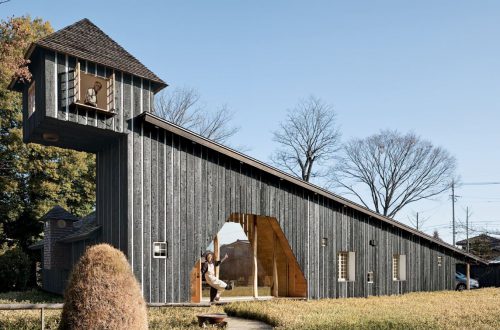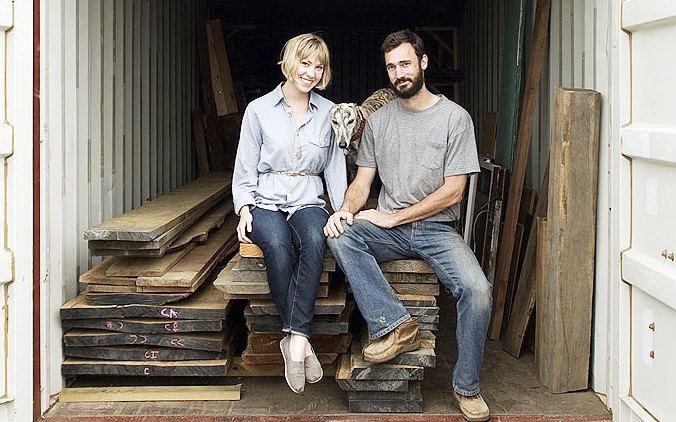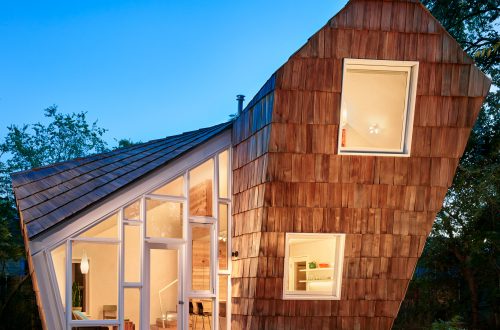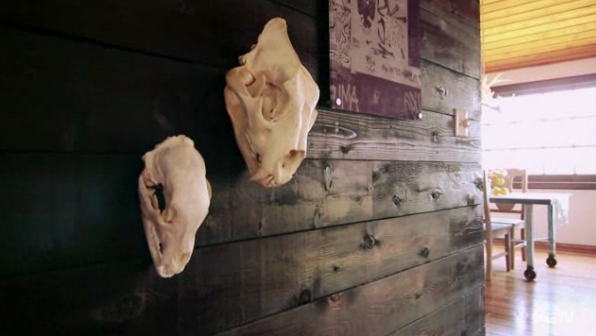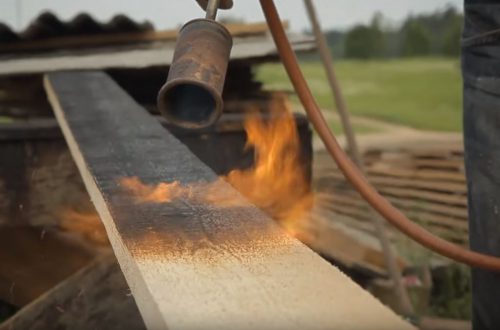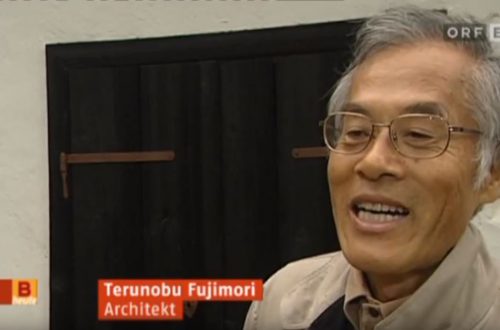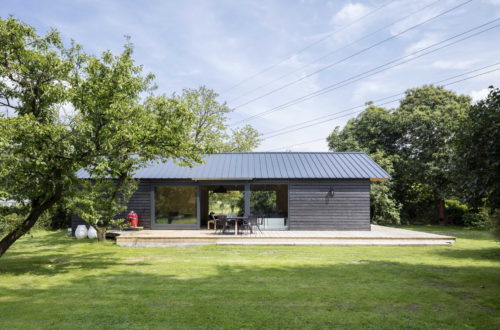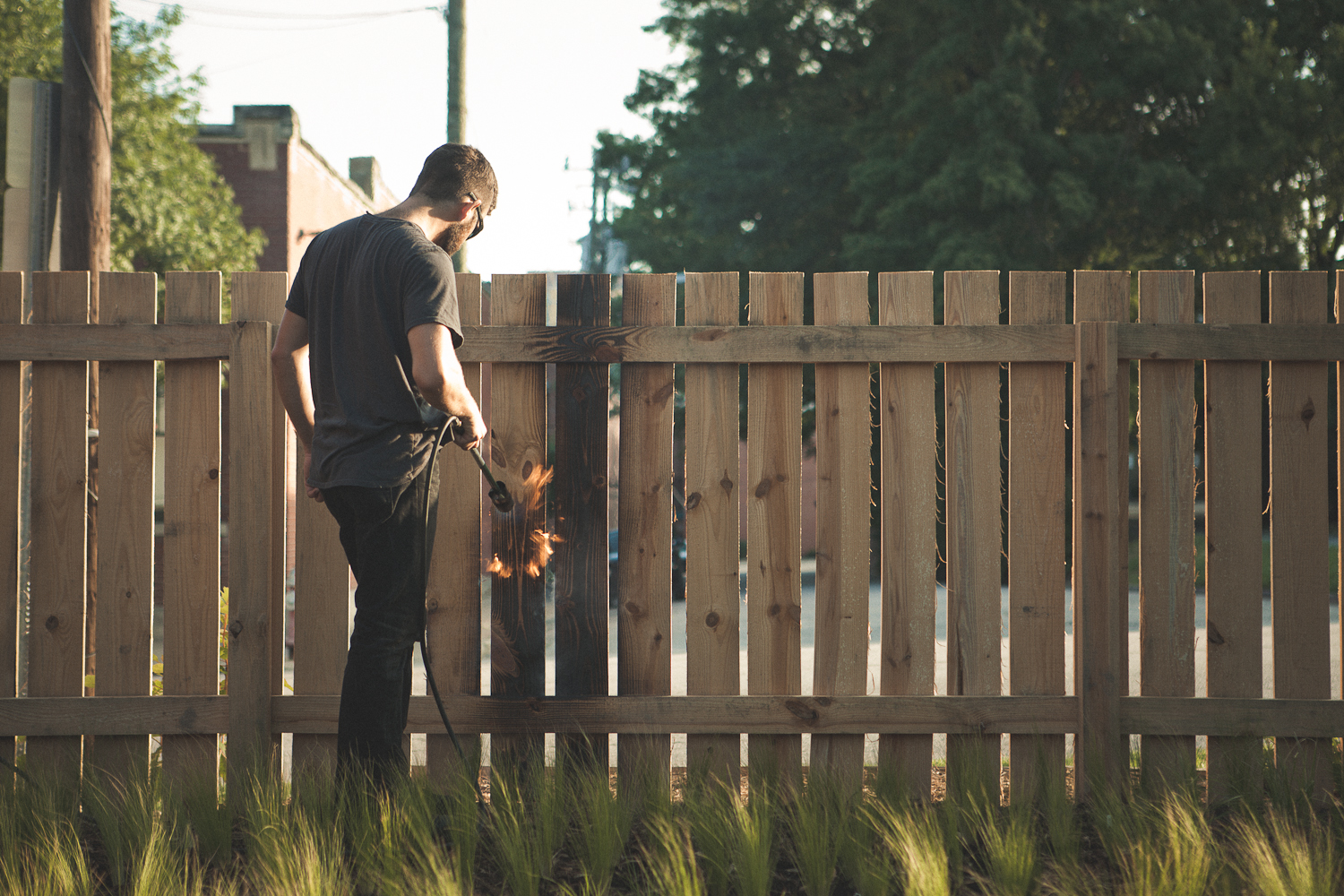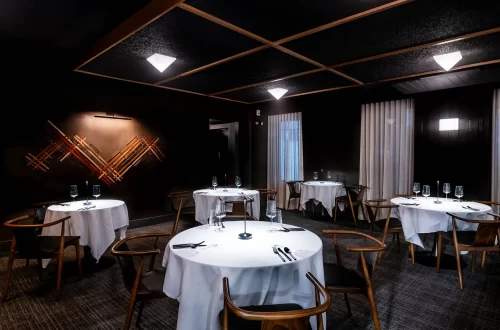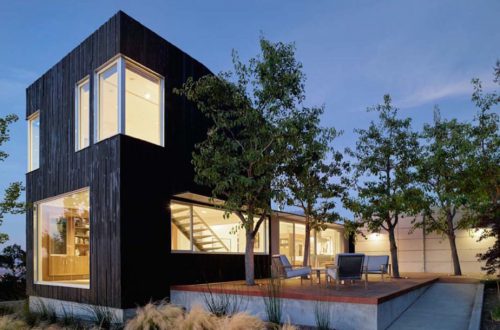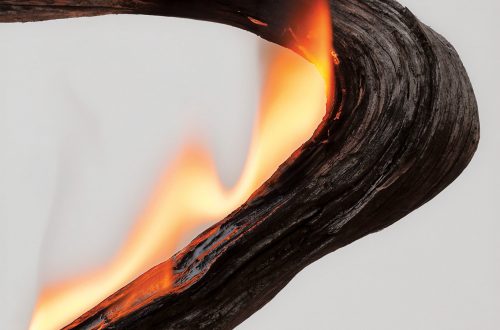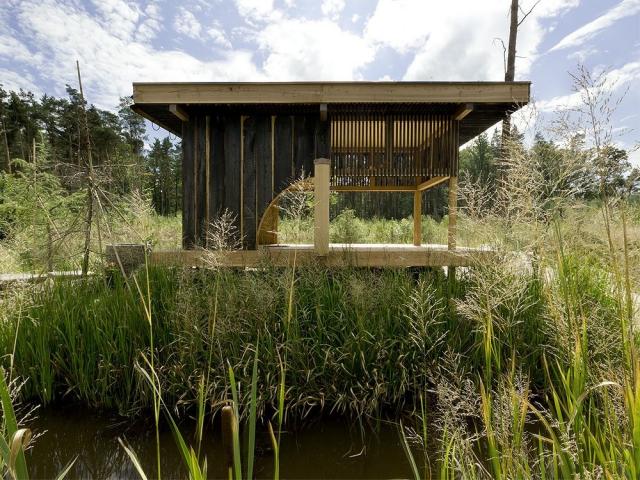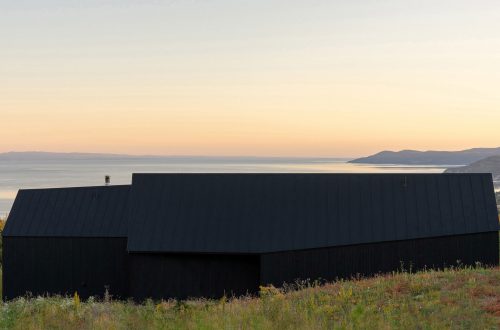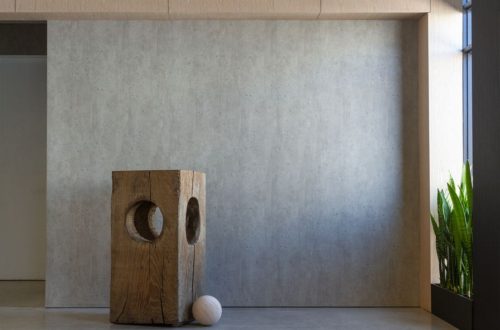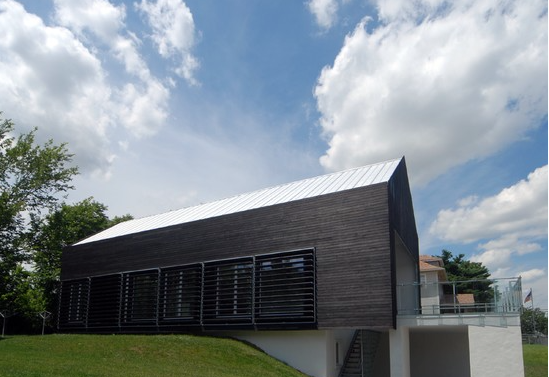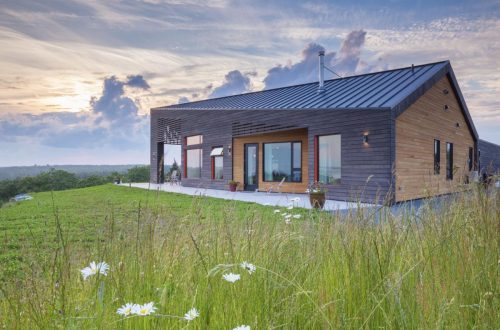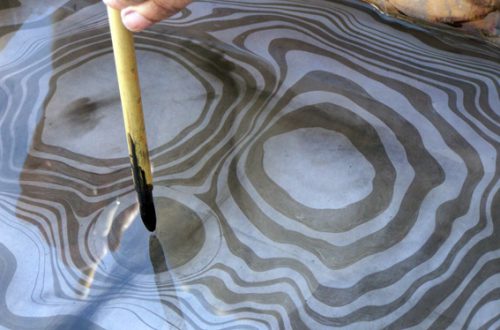Design
-
Apartment Therapy Tutorial: Make a Shou Sugi Ban Wall
Apartment Therapy shares a helpful tutorial on making your own Shou Sugi Ban wall. Note their safety tips! For those of you who would like to try this yourself, please be aware that dust from charred wood is so fine that it can clog pores and is extremely unhealthy if inhaled. Take extra precautionary measures by protecting yourself with goggles, gloves, face masks (or any respiratory protectors) and full-bodied clothing.
-
HGTV Kitchen Remodel with Shou Sugi Ban chops
From HGTV Kitchen Cousins, this kitchen remodel incorporates raw edge timber and Shou Sugi Ban planks to create the ‘Rustic Luxe Redux’ style the new owners are looking for. This week the Cousins create a rustic luxe kitchen for fashionista Jeannie Mai of the Style Network and Freddy Harteis, Sportsman Channel’s Hollywood Hunter. This husband and wife want to marry their opposite and unique styles. Jeannie takes Anthony and John to one of her favorite restaurants on the Sunset Strip for inspiration and the guys get back to nature with Freddy on an archery range to get those design juices flowing. John and Anthony mix up some crazy ideas to…
-
Get off the Fence about Shou Sugi Ban
Cool reclaimed wood product designers, Arrowhead, based in Durham, North Carolina, revisited a standard pine fence by giving it the shou sugi ban treatment. In additional to being aesthetically pleasing, this technique renders the wood virtually maintenance free – fire, rot, and bug resistant – via a layer of carbon created by burning. By employing this technique, we were able to locally create a durable, beautiful product without any industrial materials or processes.
-
A Teahouse, Charred and Blackened (On Purpose)
From Gardenista, explore a zen garden tea house in the Czech Republic inspired by shou sugi ban. Built for a family that wanted a peaceful, contemplative spot on the southern edge of a garden, the tea house is a variation of an unpretentious style that the architects developed after they traveled together to Japan while still students at Prague’s Academy of Art, Architecture and Design.
-
Shou-Sugi-Ban Is Setting the Siding World on Fire
From Houzz, architects and designers weigh in on the benefits and beautiful aesthetics of using shou sugi ban in their work. Translated as “the burning of Japanese cypress (sugi)”, shou-sugi-ban is a process that chars the surface of exterior wood panels to create a dark material that is both protective and beautiful in any architectural project.

